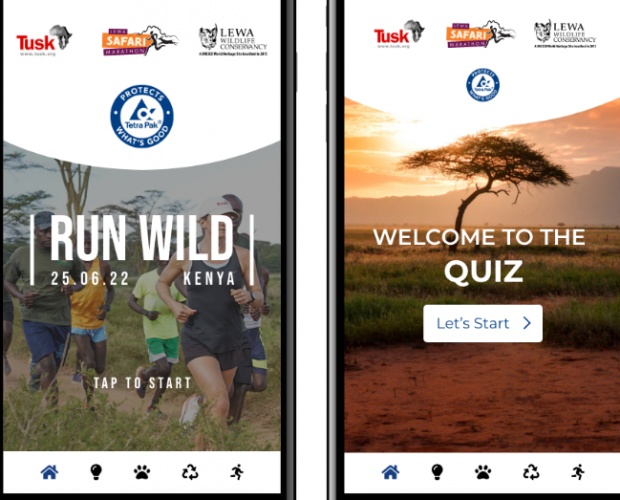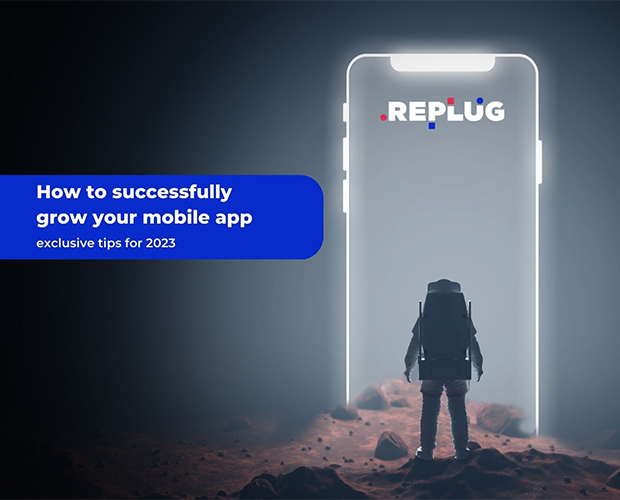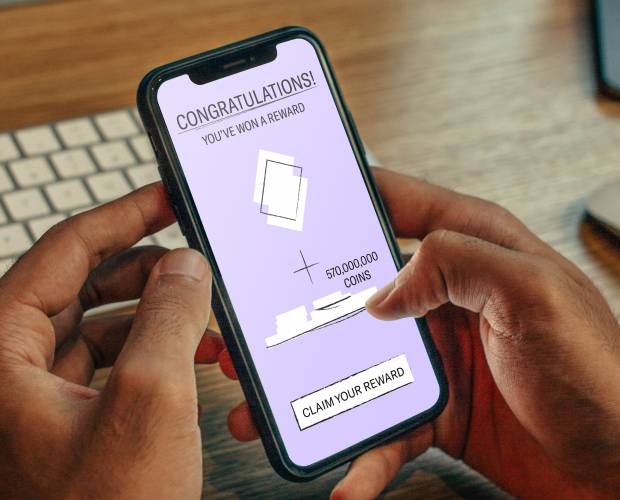Dani Schenone, Senior Product Marketing Manager at FullStory, explains what experience loyalty is, and how app owners can generate it. As app users, we use technology to optimize our lives – we’ve improved our health, mastered our personal productivity, gained new experiences, and achieved faster outcomes in just about every area of our daily lives.
As app users, we use technology to optimize our lives – we’ve improved our health, mastered our personal productivity, gained new experiences, and achieved faster outcomes in just about every area of our daily lives.
In each of those buckets, and in an infinite number more, there are countless apps available to meet our needs. As a mobile app owner, you know the competition. You’re aware of the players vying for your target audience. The question is, “How can app owners cement their stake as the top provider of their category?”
Brand loyalty was yesterday. Today is all about the experience
In the past, the answer may have been to build brand loyalty – a dominating app strategy that seeks to create a brand so captivating and relevant, app customers can’t say “No.” Focusing on how the app user feels, perceives, and sees the brand is a hallmark of this strategy, and while that’s important, it may no longer be the primary driver of retention.
A paradigm shift is underway, and research indicates the rise of a new approach: experience loyalty. Consumers are no longer loyal to brands alone; they crave seamless digital experiences. If their expectations aren't met, they won't hesitate to switch apps.
A 2023 survey conducted by FullStory sheds light on this changing consumer mindset. The results are eye-opening: 44 per cent of global consumers no longer care which shop/app they transact with, as long as it delivers a functional and satisfactory experience. This shift signifies that, above all, consumers prioritize apps that work seamlessly, cater to their needs, and provide an exceptional user experience.
Furthermore, the survey reveals an alarming 64 per cent of consumers indicated a frustrating digital experience would significantly increase the likelihood of abandoning an app without completing their intended transaction. This statistic underscores the critical importance of delivering a smooth and hassle-free app experience to retain users and drive conversion rates. Mobile teams must recognize that the success of their app hinges on creating a positive digital experience that exceeds user expectations at every touchpoint.
In this competitive digital landscape, app developers and marketers must shift their focus towards understanding and fulfilling the expectations of mobile users. By prioritizing the delivery of seamless, intuitive, and user-centric experiences, they can position their apps as the preferred choice among discerning consumers. This requires a deep understanding of user pain points, meticulous attention to detail, and continuous monitoring of user behavior.
Meet your ‘Quiet Critics’
Much like a foodie embarks on a new restaurant experience – and reflects on that experience to determine whether they’ll be a repeat customer – we are seeing the emergence of app critics. However, instead of sharing their experiences with their friends via reviews or social media posts, we’re observing a more subtle trend.
We now know app users are unforgiving when it comes to having a frustrating app experience, but on top of that, only 43 per cent of global consumers are likely to leave feedback when they experience an issue with a site or app. This certainly doesn’t help brands address their shortcomings. We’re calling these elusive individuals "Quiet Critics.” They’re the ones who won’t leave reviews or share direct feedback, but could seriously impact your business’s bottom line.
Many businesses are losing vast swaths of customers – often for good – without knowing what triggered their abandonment. The dilemma: How can you improve your customers' digital experiences if they won't tell you what's wrong? The answer lies in uncovering the signals they're subtly sending your way.
Uncovering these signals becomes crucial in the quest for continuous improvement. Although these users may refrain from providing explicit feedback, their behaviors and actions leave behind valuable hints that can illuminate areas of concern. By attentively observing and analyzing these signals, organizations can gain insights into the pain points, frustrations, and obstacles users encounter while engaging with their apps.
Actions, not words
So how can you better understand your customers and create those memorable mobile experiences for them so that they keep coming back for more? User frustration signals provide a trail of digital footprints, highlighting the struggles and experiences of your customers. By keeping a close eye on these signals, you can identify areas for improvement and make quick wins.
Frustration signals for the win
Frustration signals are quantitative metrics that can be gathered within digital experience analytics. These signals surface friction in the user experience and will help you improve your app. Here a few you should pay attention to:
- Rage Clicks: Rage Clicks are generated by users who repeatedly click on an element, possibly in frustration, signaling a misalignment of user expectation and app action. Watching out for this activity can uncover quick wins for improvement.
- Error Clicks: Error Clicks surface sessions with a click right before a client-side Javascript error or console error occurs. These errors can create frustrating experiences. Keeping an eye on these can help you quickly resolve bugs and maintain a positive app experience.
- Dead Clicks: Dead Clicks are another way to find bugs or barriers within your app. An example of a Dead Click is when a user clicks on the copy that is blue and underlined, expecting it to be a link – when it’s not. This signal helps ensure your app is intuitive and user-friendly.
- Pinch-to-Zoom: When a customer uses pinch-to-zoom to zoom in or out, it may indicate your content isn’t rendering at an appropriate size, or that a mobile-friendly version isn’t available. This can be a key source of frustration for mobile users.
Fly-on-the-wall insights via session replay
Signals are great, but they only tell part of the story. In order to answer the “why” behind the frustrating experience, you need to be a fly on the wall. Qualitative insights in the form of session replay capture and reproduce a user’s interactions on an app exactly how the user experienced it. It captures logged user events like clicks, page visits, scrolls, taps, etc., and creates a reproduction of what they actually did on the app.
Session replay lets you go beyond the limitations of traditional analytics tools by showing a complete picture of the user’s app experience. It provides all the individual data points you get with a typical analytics tool, but it illustrates how those data points combine to create an experience. Session replay helps you definitively answer, “What’s really happening in my app?”
No pain, no gain: understand the pain, gain the competitive advantage
What does this all translate to? App teams must get the user experience right. Teams must intelligently understand their customer’s journey. They must intimately know their pain points. They must have the insight they need to know what’s not working, so they can quickly rectify the experience with minimal impact on the app user.
To excel in the era of experience loyalty, mobile teams need to go beyond traditional brand-building tactics and invest in optimizing the user journey within their apps. To start building customer loyalty through experiences is to understand your customers’ pain points. By tapping into digital experience insights, businesses can bridge the gap between customer expectations and app performance. If teams can do that – if they can build better, more memorable mobile experiences – they’ll be able to reduce churn and cultivate long-term loyalty in the fiercely competitive mobile market.
.png)






